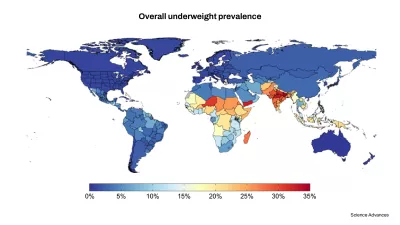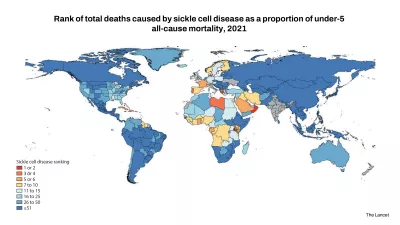Child health
Despite notable advancements and progress made by many countries in reducing child mortality rates, millions of children continue to lose their lives before turning five.
Photo by United Nations World Food Programme (WFP).
What are the top causes of death in children under 5?
The primary causes of mortality for children under 5 years of age are varied.
- The top causes include neonatal disorders, lower respiratory infections, congenital defects, malaria, and diarrhea.
- In regions such as sub-Saharan Africa, lower respiratory infections (LRIs), diarrheal diseases, and malaria are particularly prominent as causes for disease burden for children under 5 years of age.
Although various straightforward and cost-effective prevention and treatment measures are available, accessing them remains a challenge for those children who need them the most. Our evaluation projects, such as the Salud Mesoamérica Initiative evaluation, strive to measure progress towards closing gaps in intervention coverage and the effective delivery of health care services.
What is the double burden of malnutrition?
Two prominent child health issues carry different consequences across the globe. These two issues in combination are known as the double burden of malnutrition:
1) Child growth failure (CGF) includes wasting, stunting, and being underweight.
- Wasting refers to children under 5 years old who are too thin for their height, which can result from several factors such as rapid weight loss or difficulties gaining weight. Wasting has resulted in 36.4 million years of life lost (YLLs) in 2021. 7.41% of children less than five suffered from wasting worldwide in 2020.
- Stunting refers to children under 5 years old who are too short for their weight. Worldwide in 2020, 24.1% of children less than five were stunted.
2) Overweight prevalence is the second piece of the double burden of malnutrition.
The double burden of these health issues are relevant for global health policymakers and public health agencies in overcoming child health challenges, particularly in countries highly affected.
Key findings
96.6 million children were underweight in 2020.
Of those, about 35.7 million were severely underweight and 9.51 million were extremely underweight. The good news is that as health coverage increases, the incidence of child growth failure decreases.

Sickle cell anemia is a major source of disability and death in sub-Saharan Africa.
In 2021, about 500,000 infants were born with this disease, with 79% of them in sub-Saharan Africa. Globally, sickle cell anemia is the 12th highest cause of mortality for children under five, highlighting the urgent need for universal newborn screening systems and increased access to sickle cell disease treatment.

Child stunting affects millions of children globally.




